How to Stay Warm Outside?


Related products

Introduction
The necessity of maintaining warmth in outdoor environments cannot be overstated, particularly in contexts where exposure to cold weather is prolonged. Dr. Emily Thompson, a renowned expert in environmental medicine, emphasises, "The human body is not inherently equipped to withstand extreme cold without appropriate measures." This is corroborated by statistics indicating that cold weather accounts for a significant percentage of outdoor-related health emergencies. The risks associated with cold weather exposure, such as hypothermia and frostbite, present serious health concerns. Therefore, this article aims to provide comprehensive strategies for staying warm outside, encompassing scientific insights into body heat regulation, clothing recommendations, and practical advice.
Understanding the Science of Body Heat
The human body generates heat primarily through metabolic processes, which can be impacted by external temperatures. Dr. Thompson notes, "When exposed to cold, the body's metabolic rate increases to produce more heat, while blood vessels constrict to reduce heat loss." However, this physiological response is not sufficient in extreme conditions. Environmental factors such as wind, humidity, and ambient temperature play crucial roles in heat loss. For example, wind increases heat loss through convection, while humidity can exacerbate the feeling of cold. This understanding underpins the importance of layered clothing as an insulation strategy, as it traps body heat and reduces heat loss.
Clothing Strategies
The Layering System
The layering system is pivotal in outdoor warmth management. It consists of three primary layers: the base layer, which wicks moisture away from the skin; the insulating layer, which retains body heat; and the outer layer, which protects against wind and moisture. Dr. Harriet Green, a specialist in outdoor health, advises, "Choosing the right materials for these layers is crucial. For example, wool and synthetic fabrics are excellent for base layers due to their moisture-wicking properties."
Types of Materials
Different materials offer unique benefits. Wool, for instance, provides excellent insulation even when wet. Synthetic materials, such as polyester, are lightweight and quick-drying. Down, although highly insulative, loses its effectiveness when wet. "Selecting the right material based on weather conditions and activity level is essential," says Dr. Green.
Choosing the Right Clothing
Clothing choices should be tailored to specific weather conditions. In mild cold, lighter insulation might suffice, but in extreme cold, heavier down or synthetic layers are necessary. "Always anticipate changes in weather and prepare accordingly," Dr. Green adds.
Keeping Extremities Warm
Extremities, including the head, hands, and feet, are prone to heat loss. "A significant portion of body heat can be lost through the head, making hats vital in cold weather," explains Dr. Thompson. Gloves and insulated socks are also crucial. For footwear, waterproof and insulated options are recommended.
In conclusion, understanding the science of body heat, combined with strategic clothing choices, plays a critical role in staying warm outdoors. By implementing these strategies, one can significantly reduce the risks associated with cold weather exposure, ensuring a safer and more comfortable outdoor experience.
Nutrition and Hydration
The role of nutrition and hydration in maintaining body temperature in cold environments is pivotal. Consuming the right foods and drinks can significantly aid in heat production and retention. Dr. Laura Bennett, a nutritionist specializing in outdoor activities, states, "Calorie-dense foods, such as nuts and complex carbohydrates, are excellent for sustaining energy and heat in cold weather." These foods facilitate thermogenesis, the metabolic process of heat production in the body.
Warm beverages, like herbal tea or broth, are effective for internal warming. However, caution is advised with substances like alcohol and caffeine. Dr. Bennett warns, "Alcohol may give an initial feeling of warmth but actually leads to increased heat loss by dilating blood vessels." Similarly, caffeine can cause dehydration, which is detrimental in cold conditions.
Physical Activity and Rest
Balancing physical activity and rest is crucial in cold weather to optimize body heat without causing excessive sweating, which can lead to chilling. Dr. Henry Grant, an expert in sports medicine, suggests, "Engage in moderate physical activity to generate heat, but avoid overexertion that leads to sweating." He also highlights the importance of rest periods, advising to find sheltered areas to reduce exposure to the elements.
When resting, it's essential to protect oneself from the cold ground, which can rapidly sap body heat. Dr. Grant adds, "After periods of inactivity, warm up gradually to avoid muscle strain."
Use of External Heat Sources
Utilizing external heat sources like portable heaters and heat packs can be effective in maintaining warmth outdoors. However, safety is paramount. Dr. Thompson advises, "Always follow manufacturer guidelines for portable heaters to avoid carbon monoxide poisoning."
In situations where building a fire is feasible, it should be done responsibly and safely, keeping environmental impact in mind. Heated shelters and warming tents, where available, offer a more controlled environment for warming up.
Technology and Gadgets
Modern technology offers various gadgets for warmth, such as heated clothing and electronic hand warmers. These devices provide targeted warmth and are particularly beneficial in extreme conditions. However, Dr. Green cautions, "While these gadgets are useful, reliance on them can be problematic in situations where power sources are unavailable."
Health Considerations and Safety Tips
Recognizing the signs of hypothermia and frostbite is critical in cold environments. Dr. Bennett emphasizes, "Early symptoms of hypothermia, such as shivering and fatigue, should not be ignored." Immediate warming and medical attention are necessary. Frostbite also requires prompt treatment, ideally by medical professionals.
For vulnerable groups like children, the elderly, and pets, extra precautions are necessary. Their ability to regulate body temperature and communicate discomfort may be limited.
Environmental and Sustainability Considerations
The environmental impact of various warming methods, such as the emission from portable heaters or the ecological footprint of disposable heat packs, should be considered. Dr. Thompson suggests, "Opt for sustainable options, like reusable heat sources, and minimize open fires to reduce your ecological footprint."
In summary, understanding and implementing strategies in nutrition and hydration, physical activity, external heat sources, technology, health considerations, and environmental impact are essential for safely enjoying and surviving in cold outdoor environments.
Conclusion
In conclusion, this article has comprehensively addressed various critical aspects of staying warm and safe in cold outdoor environments. The key points discussed include:
- Understanding the Science of Body Heat: Recognizing how the body generates and loses heat, and the impact of environmental factors like wind and humidity.
- Clothing Strategies: Emphasizing the importance of the layering system and the selection of appropriate materials and clothing for different weather conditions, with special attention to keeping extremities warm.
- Nutrition and Hydration: Highlighting the role of food and drink in maintaining body temperature, the beneficial choices for cold weather, and the impact of substances like alcohol and caffeine.
- Physical Activity and Rest: Stressing the importance of balancing physical activity to generate heat without causing excessive sweating, and strategies for rest and warming up in cold conditions.
- Use of External Heat Sources: Discussing the safe use of portable heaters, heat packs, and the responsible building of fires, along with tips for using heated shelters and warming tents.
- Technology and Gadgets: Exploring modern gadgets designed for warmth, such as heated clothing and electronic hand warmers, and weighing their pros and cons.
- Health Considerations and Safety Tips: Focusing on recognizing signs of hypothermia and frostbite, providing first-aid tips for cold-related illnesses, and special considerations for vulnerable groups.
- Environmental and Sustainability Considerations: Considering the environmental impacts of warming methods and offering tips for minimizing ecological footprints.
It is vital to prioritize safety and warmth when venturing outdoors in cold weather. Understanding these strategies can significantly enhance comfort and safety, reducing the risks associated with cold exposure.
For those seeking further information, numerous resources are available. Consulting materials from reputable medical and outdoor organizations, such as the National Health Service (NHS) in the UK or the National Outdoor Leadership School (NOLS), can provide deeper insights and more detailed guidance on staying warm and safe in cold environments. Additionally, literature on environmental medicine and outdoor safety can offer valuable knowledge for both casual outdoor enthusiasts and professionals.
Remember, preparedness and knowledge are key to enjoying the outdoors safely, especially in challenging weather conditions. By applying the insights and strategies discussed, individuals can ensure a safer, more comfortable experience while minimizing their impact on the environment.




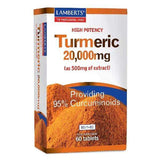

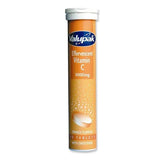



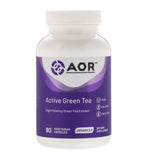

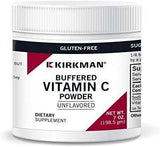









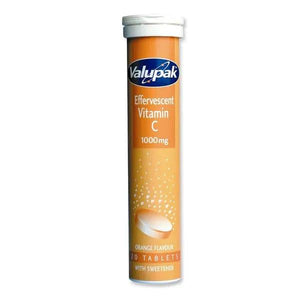



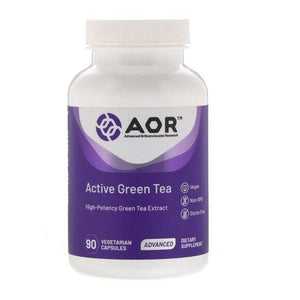
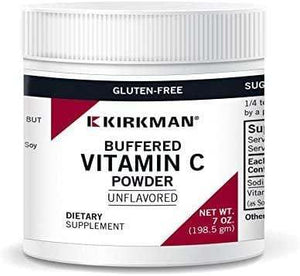





 Rated Excellent by 26,523+ Reviews
Rated Excellent by 26,523+ Reviews